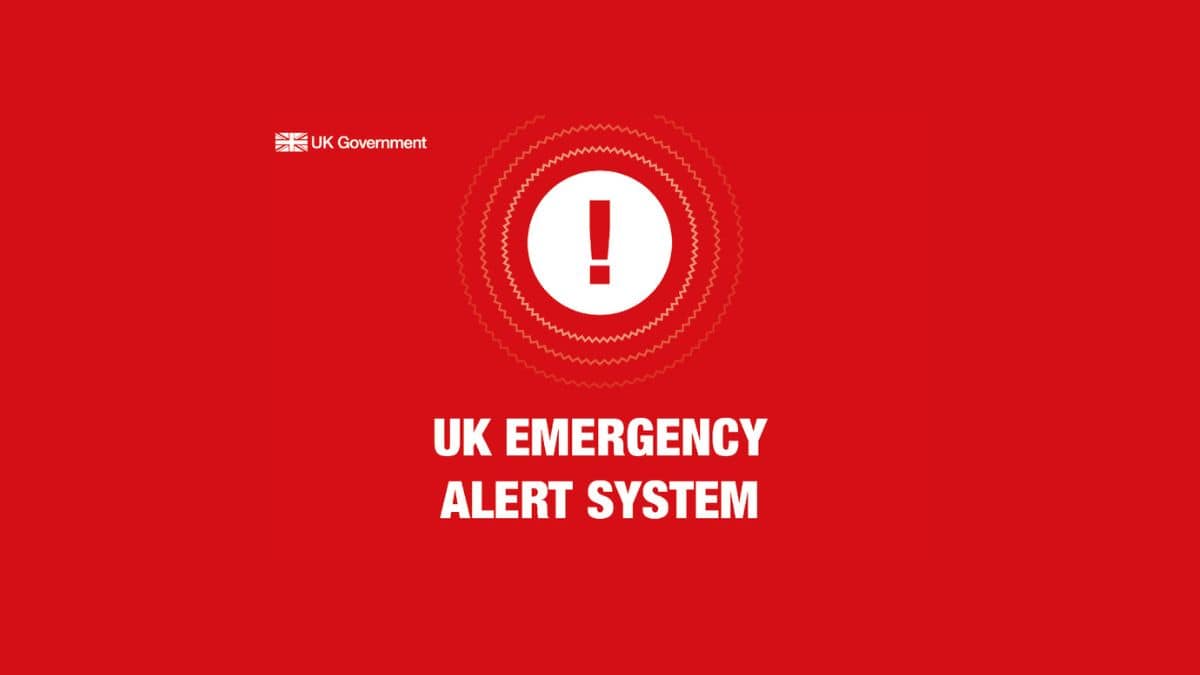
Startups would hit Series B and invest heavily in building content moats with aggressive velocity.
I worked with content teams publishing an average of 100 blog posts monthly, with 40-50 writers on payroll.
One SaaS company published 1,000 blog posts, and everybody clapped. We wrote case studies about it and called them visionary because they dominated Search Engine Result Pages (SERPs) and drove a ton of traffic.
These companies scaled quickly, covering entire topic clusters in weeks, whether or not those topics were relevant to their product.
The goal was coverage, always more coverage, and if we’re honest, we didn’t create that content for the user; we created it for SEO.
Google never had a way to measure content quality
Google claims to prioritize quality over optimization, but I can cite countless examples that show otherwise.
I suspect Google never had a reliable way to evaluate quality. Instead, it leaned on traffic and engagement as measured in Chrome, and vanity signals SEOs could easily manipulate.
Great content was never enough. You had to:
- Build backlinks from other websites to signal authority
- Throw in a bunch of entities so bots could “understand” the page
- Pay people to say nice things about you
- Create a ton of supporting pages because your competitors were doing it
- Match competitor subheadings to stand a chance at ranking
- Bury real value deep in the page to increase time on-page
- Stick to arbitrary word counts, even if it means sacrificing depth
Nearly everything we did for on-page SEO was unnatural and detrimental to the user experience. It felt like a rat race to the bottom, and the user paid the price.
Google prioritized brand recognition over quality, and the only way to gain popularity was through volume…hence, the bloated content clusters.







